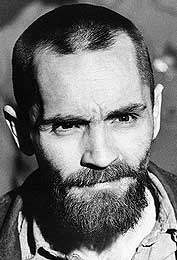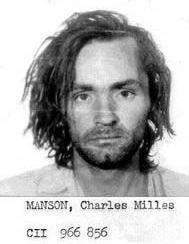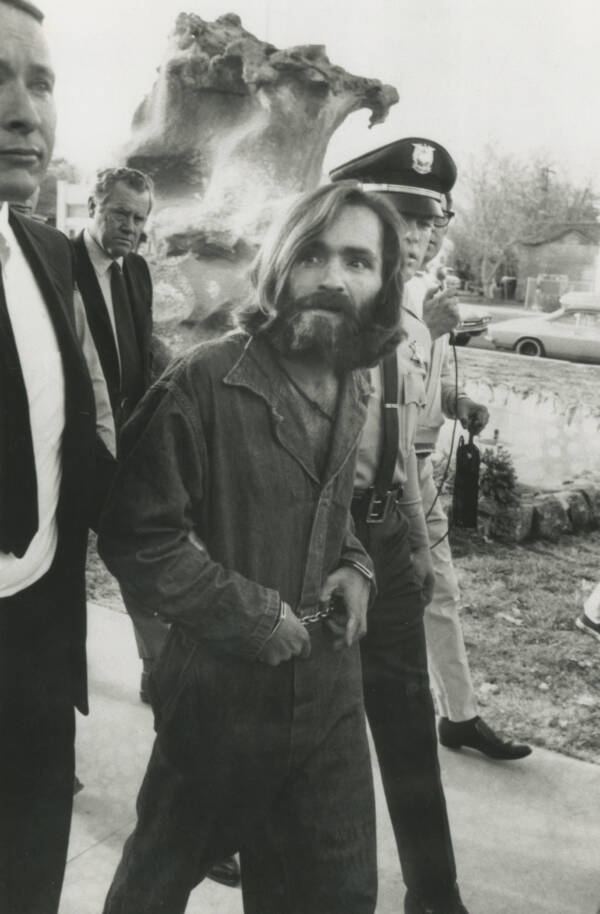How did a man born in Cincinnati, Ohio, evolve into one of the most infamous cult leaders in history? Charles Manson, whose name became synonymous with chaos and brutality, orchestrated a series of murders that shocked the nation. His ability to manipulate followers and instill fear remains a chilling testament to his influence. This article delves into the life of Charles Manson, exploring his early years, his criminal activities, and the legacy he left behind.
Born on November 12, 1934, as Charles Milles Maddox, Manson grew up in poverty and instability. His childhood was marked by frequent relocations and a lack of parental guidance. By the time he reached adulthood, Manson had already established a pattern of criminal behavior. His charisma, however, set him apart from other criminals, allowing him to amass a following known as the Manson Family. This group would later become infamous for their role in several brutal murders during the late 1960s.
| Personal Information | Details |
|---|---|
| Full Name | Charles Milles Manson |
| Date of Birth | November 12, 1934 |
| Date of Death | November 19, 2017 |
| Place of Birth | Cincinnati, Ohio |
| Spouses | Rosa Mae Willis (m. 1955–1958), Lynette Fromme (claimed) |
| Children | Charles Luther Manson, Michael Brunner |
| Profession | Cult Leader, Musician |
| Reference | CNN Fast Facts |
The Manson Family, led by Charles Manson, gained notoriety for their involvement in the Sharon Tate murders in August 1969. The victims included actress Sharon Tate, who was eight months pregnant at the time, as well as four others. The brutality of these crimes captured national attention and cemented Manson's place in infamy. Manson claimed that these murders were part of a larger plan to incite social upheaval, which he referred to as Helter Skelter.
Manson’s influence extended beyond his immediate circle. He managed to convince his followers, many of whom were young women, to carry out these heinous acts without question. His charismatic personality and manipulative tactics allowed him to maintain control over the group, even while incarcerated. Despite being sentenced to life in prison, Manson continued to inspire both fear and fascination throughout his lifetime.
In addition to his criminal activities, Manson also pursued music. While serving his sentence, he recorded several albums, though they received limited commercial success. His music often reflected themes of rebellion and disillusionment, aligning with the counterculture movement of the era. However, it was his connection to the Manson Family and their violent actions that overshadowed any artistic endeavors.
Manson’s personal life was equally tumultuous. He fathered three sons with different women but maintained little involvement in their lives. One of his sons, Michael Brunner, publicly spoke about his father’s legacy, describing the burden of carrying such a notorious name. Another son, Charles Luther Manson, remains largely unknown to the public. The disparity between Manson’s public persona and his private life adds another layer of complexity to understanding this enigmatic figure.
Apart from his family, Manson also owned property that garnered attention due to its architectural significance. The Charles and Dorothy Manson house, designed by Frank Lloyd Wright, stands as an early example of Usonian architecture. Featuring four bedrooms and three bathrooms, the house reflects Wright’s signature style. Ironically, this structure associated with one of America’s most notorious criminals also serves as a testament to artistic innovation.
As years passed, interest in Manson’s story persisted. Documentaries like “Making Manson” explored the psychological dynamics within the Manson Family, shedding light on how ordinary individuals could fall under Manson’s sway. These productions aimed to demystify the myth surrounding Manson while acknowledging the lasting impact of his crimes.
Despite his death in 2017, Charles Manson continues to haunt collective memory. His actions reshaped perceptions of crime and celebrity, blurring boundaries between fame and infamy. For those who study human behavior or criminology, Manson offers valuable insights into the psychology of manipulation and mass hysteria.
Ultimately, Charles Manson represents more than just a historical figure; he symbolizes the darker aspects of human nature. His ability to exploit vulnerabilities and propagate violence raises critical questions about society’s susceptibility to charismatic yet dangerous leaders. As we reflect on Manson’s legacy, it becomes clear that understanding his motivations and methods can help prevent similar tragedies in the future.
Though much has been written about Manson, new revelations continue to surface. Recent documentaries have highlighted previously overlooked facets of his life, including details about his wives and children. These narratives provide a fuller picture of Manson, challenging simplistic portrayals and encouraging deeper analysis. Whether viewed through the lens of history, psychology, or sociology, Charles Manson remains a compelling subject worthy of examination.



